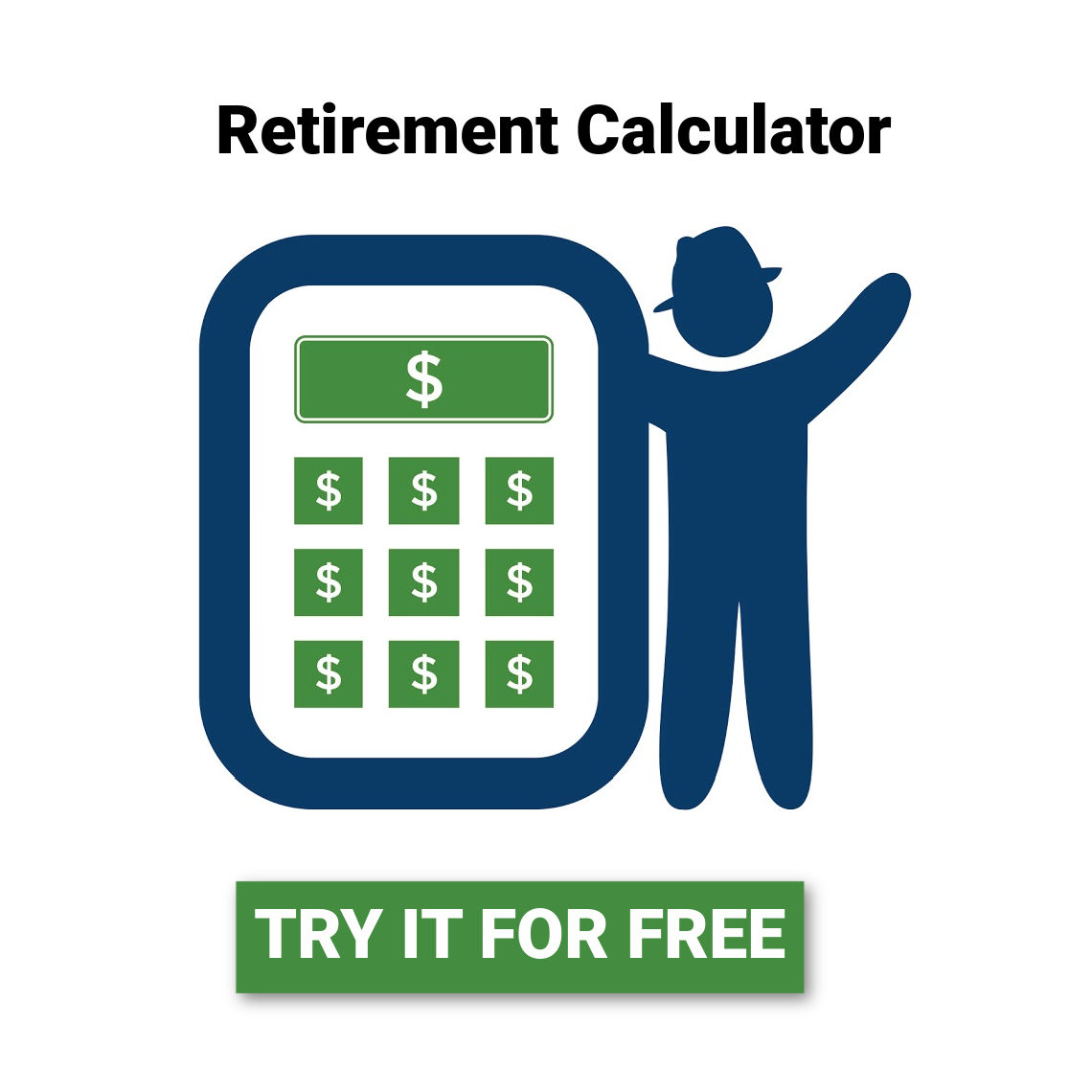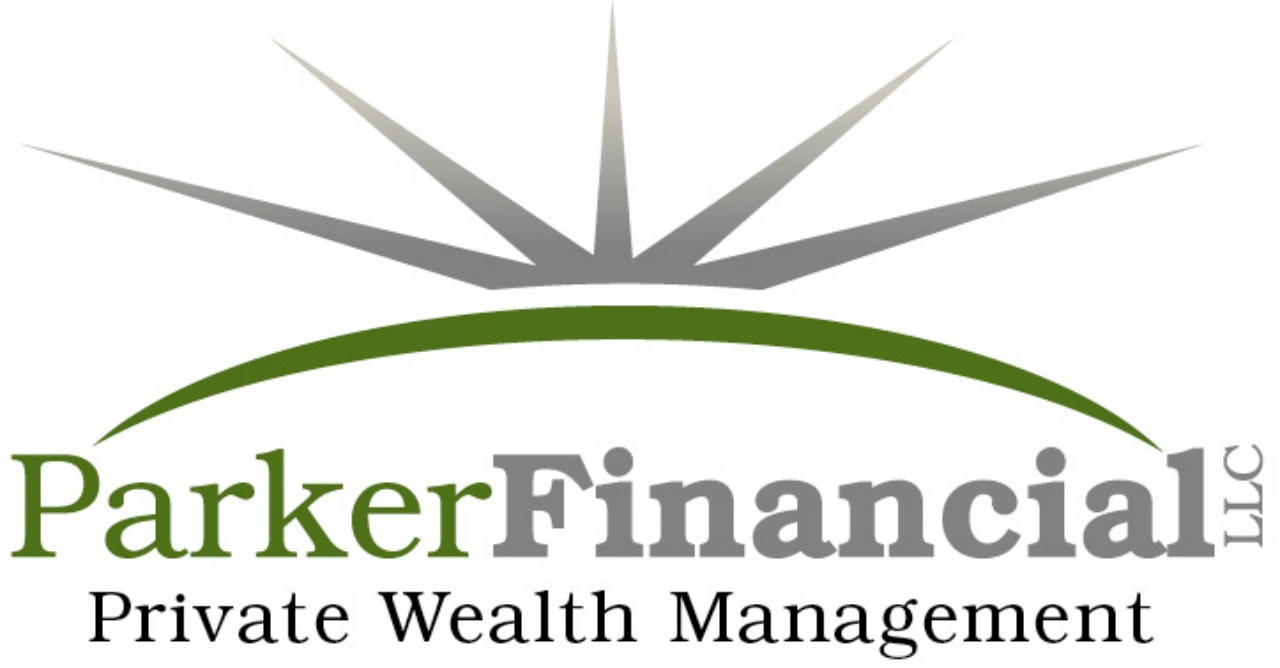Imagine you could give to charity, lower your tax bill, and satisfy your Required Minimum Distributions—all at the same time. Most retirees don’t realize that there’s a smarter way to donate to charity using their IRA. In today’s episode, I’ll show you how one simple strategy—Qualified Charitable Distributions—can save you thousands in taxes while supporting the causes you care about.
A Qualified Charitable Distribution (QCD) is a tax-free donation made directly from an IRA to a qualified charity, and it becomes available starting at age 70½ even though RMDs don’t start until age 73 for people born in 1960 or later the RMD is not until age 75 . One of the biggest benefits of using a QCD is that the money does not count as taxable income, which can lower your overall tax burden. Plus, a QCD can satisfy all or part of your Required Minimum Distribution (RMD) for the year.
Articles, Links & Resources:
Fidelity Charitable – Secure Act 2.0 Provisions
US Bank – Secure Act 2.0
IRS – Qualified Charitable Distributions
IRS – QCD One Time Election
Transcript:
447 Qualified Charitable Distributions- A Powerful Retirement Strategy
Announcer: Welcome back America to Sound Retirement Radio, where we bring you concepts, ideas, and strategies designed to help you achieve clarity, confidence, and freedom as you prepare for and transition through retirement. And now here is your host, Jason Parker.
Jason Parker: America, welcome back to another round of Sound Retirement Radio.
You’re listening to episode number 447. The title is Qualified Charitable Distributions. A powerful retirement strategy. Imagine if you could give to charity, lower your tax bill and satisfy your required minimum distributions all at the same time, most retirees don’t realize that there’s a smarter way to donate to charity using their IRA.
And in today’s episode, I’m going to share with you one simple strategy, Qualified Charitable Distributions, and how they can save you thousands in taxes while supporting the causes you care about. A Qualified Charitable Distribution is a tax free donation made directly from an IRA to a Qualified Charity, and it becomes available starting at age 70 and a half.
Even though required minimum distributions don’t start until age 73 and not until, uh, age 75 for those born 1960 and later. One of the biggest benefits of using a QCD is that the money does not count as taxable income, which can lower your overall tax burden. Plus a QCD can satisfy all or a part of your required minimum distribution for the year.
So in today’s episode, I’m going to break down everything that you need to know about QCDs, including some little known planning strategies to help you reduce taxes while supporting the causes you care about. And I’m going to walk you through a real world scenario to show you just how powerful a QCD can be for optimizing your retirement cashflow.
As a reminder, articles, links, and resources mentioned in today’s show can be found at soundretirementplanning. com. Just click on episode number 447. But before we get into this, I always like to start the day by renewing our mind. And I’ve got a verse here for us from Malachi chapter three, verse 10.
Bring the whole tithe into the storehouse, that there may be food in my house. Test me in this, says the Lord Almighty, and see if I will not throw open the floodgates of heaven and pour out so much blessing that there will not be room enough to store it. And then of course, I’ve got a couple of Valentine’s day jokes for you.
Here’s one for your spouse. Knock, knock. Who’s there? Sherwood. Sure would who? Sure would like to be your Valentine. And then for the grandkids, what do elephants say to each other on Valentine’s Day? I love you a ton. Qualified charitable distributions were introduced by Congress in 2006 under the Pension Protection Act, and they were made permanent in 2015.
With the passage of the SECURE Act 2. 0 in 2022, there are a couple of important updates. Number one, the annual QCD limit is now indexed to inflation, so in 2025, individuals can contribute up to 108, 000 directly from their IRA using a QCD. And number two, there’s a one time 53, 000 QCD option that’s now available for charitable remainder trusts or charitable gift annuities.
Which can provide lifetime income before benefiting a charity. One of the reasons that QCDs have gained popularity is because of the Tax Cuts and Jobs Act that were passed in 2017, which significantly increased the standard deduction. For 2025, the standard deduction for married couples filing jointly is 30, 000.
Plus an additional 1, 600 per spouse that’s over age 65. That’s 33, 200 in deductions for many retirees. And because of the higher standard deduction, fewer people itemize their deductions. And this means that for many retirees, charitable giving just doesn’t reduce taxable income unless they use a QCD. So I want to take a minute and just share with you a common but costly tax mistake.
And we see this all the time. Many retirees take their required minimum distribution. Then they deposit that into their checking account, and then they turn around and they donate to charity. But this is often not the most tax efficient way to give. For example, let’s say you donate 12, 000 per year to your church, and you’re also required to take a 12, 000 required minimum distribution from your IRA.
If you simply take the RMD and deposit the funds into your checking account, and then you turn around and write a check to the church for 12, 000, It’s taxable income, which potentially increases the amount of your social security that’s, uh, taxed and possibly increases your Medicare Part B and D premiums if your income is high enough.
A smarter move would just be to take that 12, 000 and send it from your IRA directly to your church as a qualified charitable distribution. This way the church still gets the full amount, but you reduce your taxable income, which can lower your tax burden. A recent change from the Secure Act 2. 0 allows for a one time 53, 000 QCD to be directed to either a charitable remainder unitrust, A charitable remainder annuity trust or a charitable gift annuity.
And this is really a cool option for people who are already charitably inclined, but also need some additional income right now. Um, because what you can do is you can donate this 53, 000, for example, to a charitable gift annuity, which would then guarantee you a lifetime income stream and any money that’s remaining would be able to pass on to the charity after you’re gone.
There’s a couple of really important QCD rules and limitations. Number one, the maximum contribution for 2025 is 108, 000 per year per individual. Number two, um, QCDs can only come from IRAs, inherited IRAs. and inactive SEP or simple IRAs. You can’t use the QCD strategy from old 401ks, or TSP accounts. So if you have these old retirement plans, you could consider rolling them into an IRA and then have access to the QCD strategy.
Remember in order to use the QCD. It has to be a qualified 501c3 and donor advised funds do not qualify for qualified charitable distributions. And then finally, there’s no double dipping. You cannot claim a charitable deduction for a QCD on Schedule A. It’s either QCD or deduction. But not both. So let me give you a quick hypothetical case study that I built for John and Nancy.
John is 70 years old. Nancy’s 69. They plan to retire in 2027. They give 12, 000 per year to their church. Um, once they’re retired, the only income they’re going to have is social security, which combined is going to be about 70, 000 per year. And they have about 3 million in investments, including John has an IRA with about 1.
2 million. And their budget requires 88, 000 per year. And that of course is going to increase with inflation over time. By 2028, John’s first RMD will be 46, 000. If they take the RMD, deposit the funds into their checking account and then donate separately, their estimated lifetime taxes are 331, 303. If they use the QCD every year.
Their lifetime taxes would be 283, 514. That’s a tax savings over their lifetime of 47, 000. The same charitable impact, but significantly lower taxes. And can you think of anything that you would rather do with 47, 000 than give it to Uncle Sam? I know it can be challenging to discuss numbers over a podcast, so I recorded a video that you can watch.
Just visit soundretirementplanning. com and click on episode number 447 if you want to see how I created this scenario. And remember, this is a hypothetical scenario. It assumes that tax rates will stay constant through retirement, which given the unbelievable amount of debt that we have in our country, that’s unlikely to be the case.
But at least this helps you understand the power of planning, making some conservative assumptions. One of the reasons I wanted to do this episode on QCDs is because we just recently added a new QCD scenario tool to the Retirement Budget Calculator so you can model the impact of using QCDs for your specific situation.
If you want to see how a QCD could impact your taxes, try the Retirement Budget Calculator today. Just head over to retirementbudgetcalculator. com, enter your numbers. And you might be surprised to see the tax savings waiting for you. Using QCDs strategically can be a powerful tool for retirement tax planning, helping you reduce taxable income, lower lifetime taxes, and maximize your impact on the charities that you care about.
Retirement tax planning doesn’t have to be complicated with a little bit of strategy. You can give smarter, save more, and keep more of your hard earned money going to support the things that you care the most about.
Announcer: Thank you for tuning in to Sound Retirement Radio. For articles, links, and resources from today’s show, visit soundretirementplanning.
com. If you enjoy the podcast, share it with a friend and give us a Five star review. Ready to kickstart your retirement planning? Head over to retirementbudgetcalculator. com. Need assistance with investment management? Explore our services at parker financial. net. Information and opinions expressed here are believed to be accurate and complete for general information only and should not be construed as specific tax, legal, or financial advice for any individual and does not constitute a solicitation.
For any securities or insurance products, please consult with your financial professional before taking action on anything discussed in this program. Parker Financial, its representatives, or its affiliates have no liability for investment decisions or other actions taken or made by you based on the information provided in this program.
All insurance related discussions are subject to the claims paying ability of the company. Investing involves risk. Jason Parker is the president of Parker Financial, LLC, an independent fee based wealth management firm located at 9230 Bayshore Drive NW, Suite 201, Silverdale, WA. For additional information, call 360 337 2701 or visit us online at soundretirementplanning.com.






